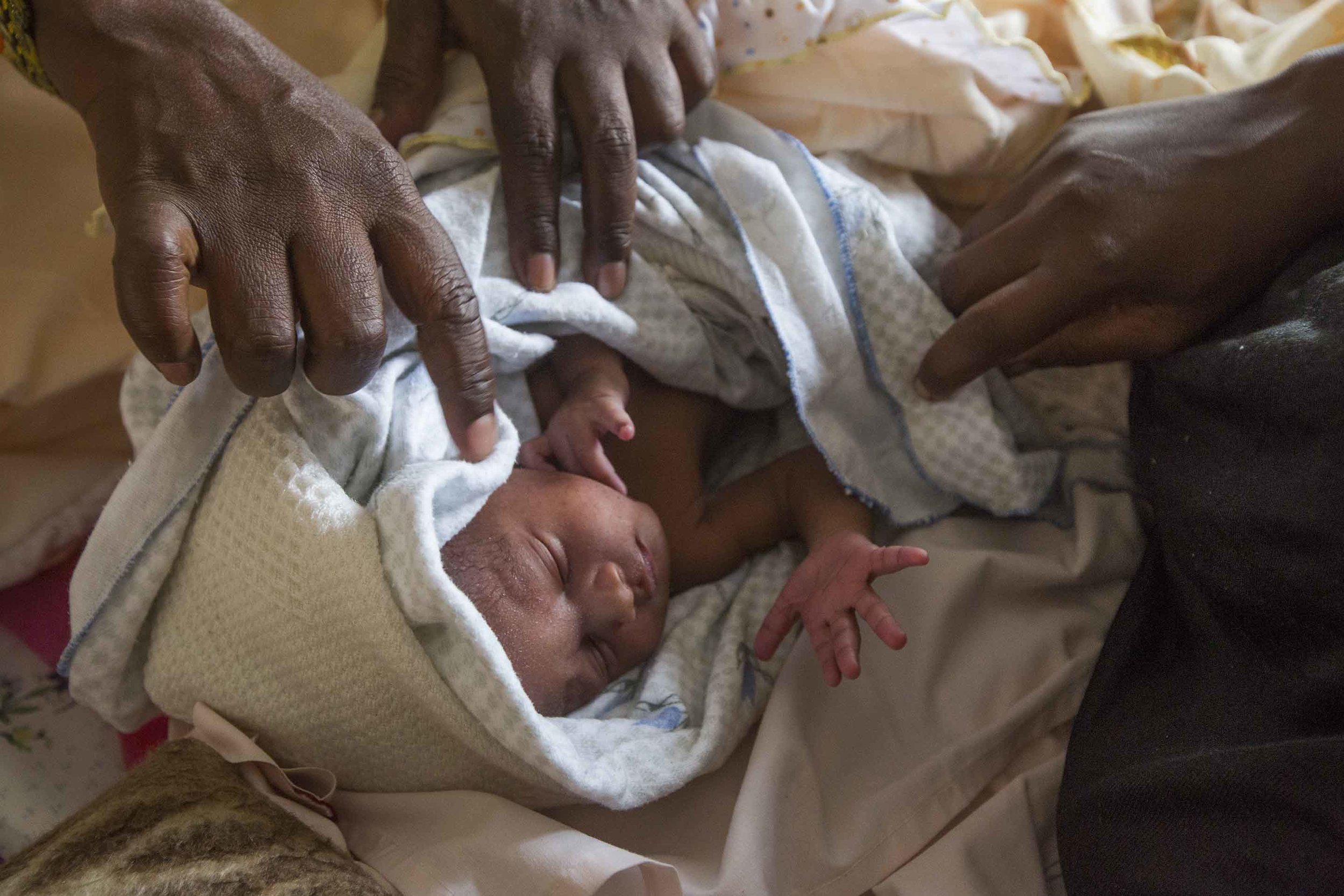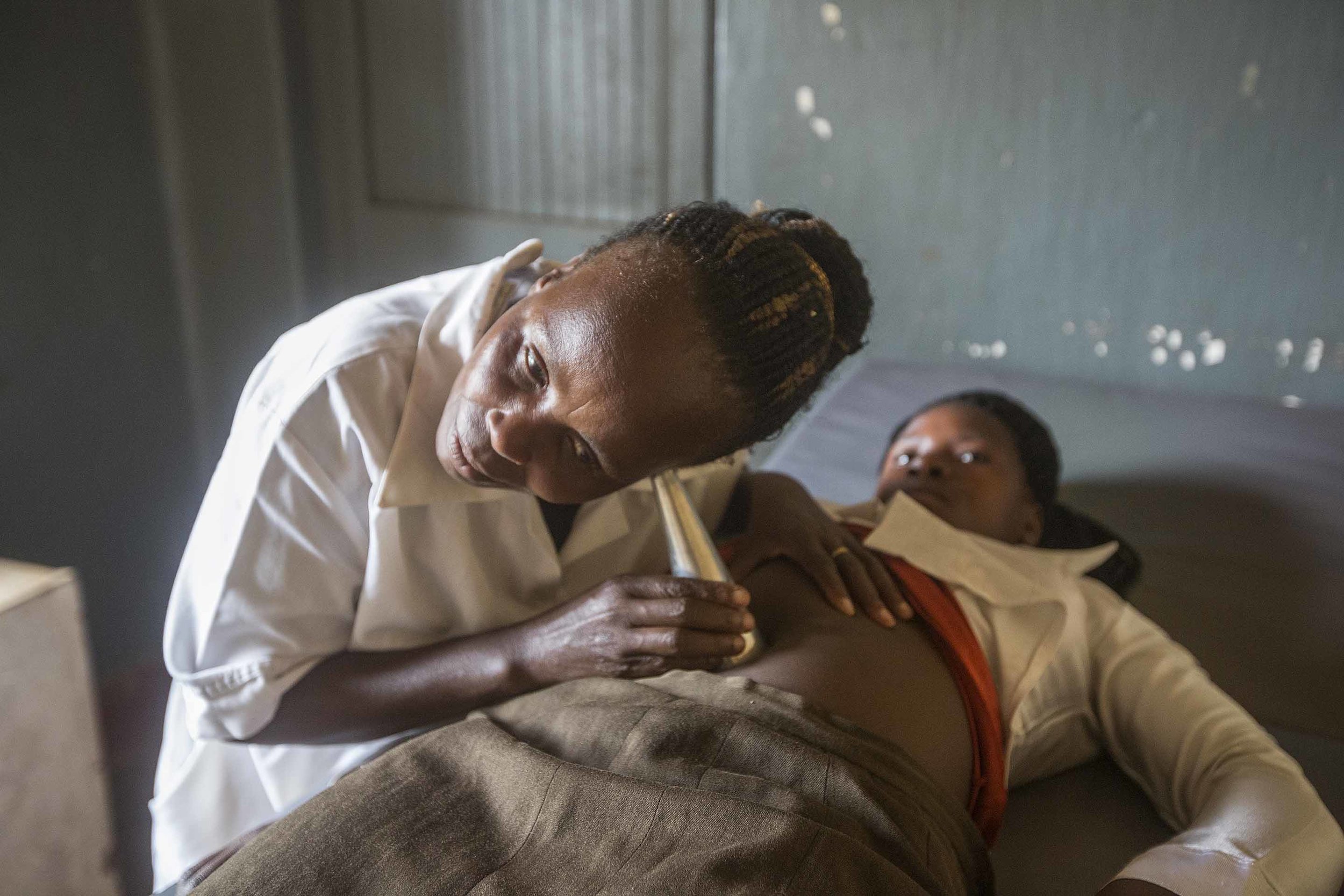BABIES AND MOTHERS ALIVE (BAMA) PROGRAM
In Uganda, 6,000 women die every year due to complications related to pregnancy and child birth. This means that every day, 16 women die. The thousands of orphans that are left behind, often trapped in a cycle of poverty, compound this tragedy.
The infant mortality rate in Uganda is 27 (per 1000 births). Compare that to the infant mortality rate of the US, which is 6. Infants die within 28 days of life as a result of infections, birth asphyxia, birth injuries and complications of prematurity.
Skilled providers at public, free health care facilities can prevent nearly all of these deaths with safe, low-tech interventions. The Babies and Mothers Alive (BAMA) Program is a vital partnership with the Ugandan Ministry of Health, the goal of which is to dramatically reduce maternal and newborn mortality and morbidity in the Rakai and Kyotera Districts of Uganda, an area where half a million people live.
After performing a Needs Assessment at all 25 health facilities providing maternal and newborn care, we developed a strategy that is improving maternal and newborn care at the health facility level. We focus on high impact, low cost interventions that are proven to be effective in reducing maternal and newborn deaths and serious injuries.
Alongside our midwife and physician partners, we work to increase knowledge and skills of providers, while fostering a mother and baby friendly environment. In addition to the training and mentoring of health professionals, we are working to improve health care management practices and systems. We have trained 30 mentor midwives who work alongside their colleagues to improve the quality of care.
In Phase I, the BAMA Program covered all 25 public health facilities in the Rakai and Kyotera Districts that are designated providers of emergency obstetric and newborn care services. In Phase II, we have expanded our work to 23 Health Center IIs providing maternal and newborn care. We are also working to increase the demand for institutional obstetric care through the training of over one hundred Mama Ambassadors as well as through community health outreaches delivering care to thousands of women and their families and stressing the importance of delivering at our health centers and hospitals rather than in their villages.
Over the past three years, we have dramatically improved maternal and newborn care for the half million people we serve. We have reduced maternal and neonatal mortality at our partnering health facilities by 64% and 50% respectively since 2016. In 2019, we have established Neonatal Intensive Care Units at each of our two district hospitals. In 2020, we established a third NICU at Kakuuto Health Center IV. In addition, we have instituted adolescent-friendly services in reproductive health for the first time in our districts. With the support of Grand Challenges Canada’s Saving Brains Program, we have created monthly peer support groups for 430 adolescent mothers, with the goal of improving the health and development of their babies, while creating a community-based network of support for these young mothers. In 2020, with the support of the United States Agency for International Development (USAID), we expanded this program to serve 1000 adolescent mothers and babies. In 2021, with the support of Enabel, the Belgian Development Agency’s Wehubit Program, Together Women Rise, and Spring Together Foundation, we launched our Mama Rescue Project, linking local motorcycle and automobile taxi drivers with women in labor, providing lifesaving transport to health center and hospital.
The video below, Why Did Mrs. X Die, tells the story of why our mothers, sisters, and daughters are dying and what we can do to avert this ongoing tragedy:



